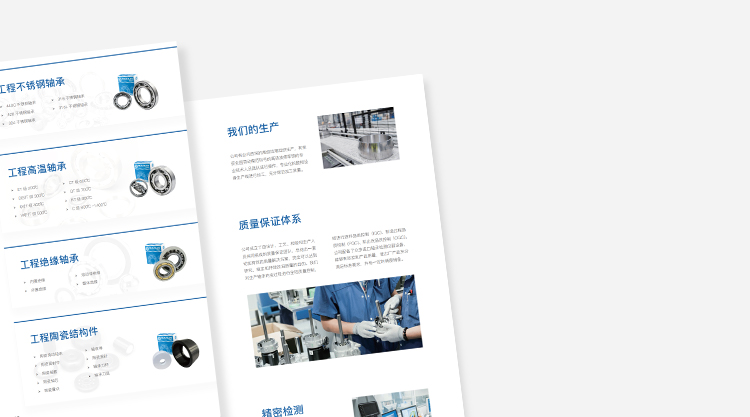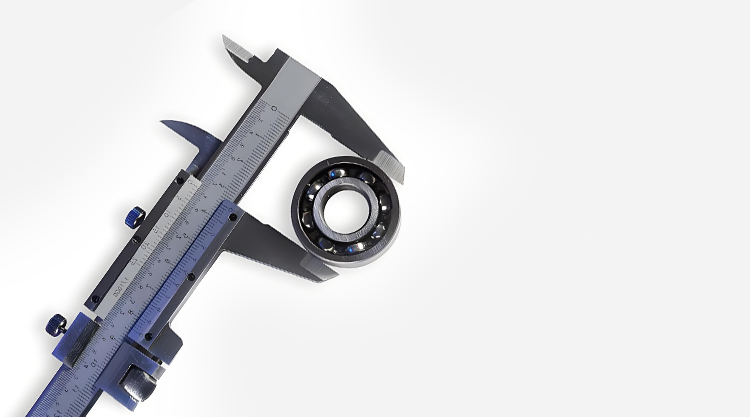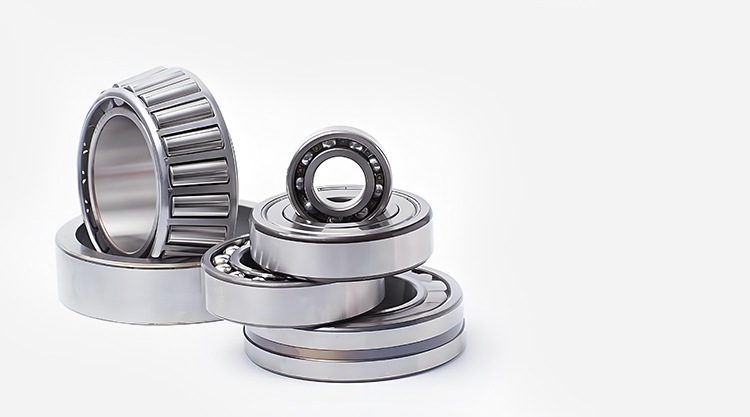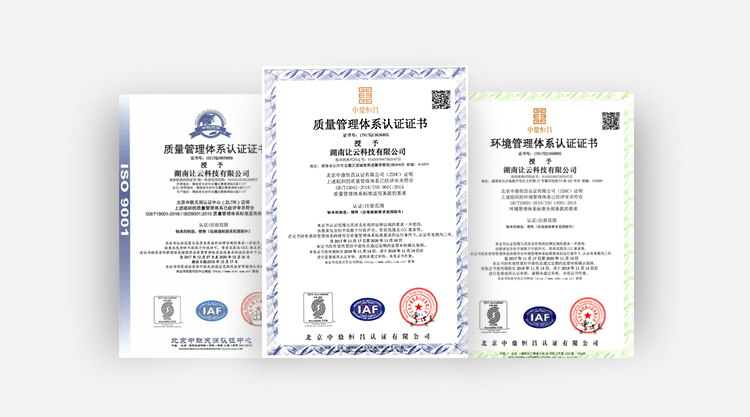Bearing Material Selection: Comprehensive Analysis and Optimization Guide
Bearing Material Selection: Comprehensive Analysis and Optimization Guide
In mechanical design, bearings, as core transmission components, play a crucial role. The material selection directly determines the performance, lifespan, and reliability of the equipment. This article systematically elaborates on the core points of bearing material selection from aspects such as material requirements, selection principles, methods, standards, and case analysis. It also explores the consequences of improper material selection to help engineers and industry practitioners optimize their selection strategies.
1. Basic Requirements of Bearing Materials
Bearing materials need to meet multidimensional performance indicators to ensure their stable operation under complex working conditions:
1. High Purity and Low Gas Content
Non-metallic inclusions (such as oxides and nitrides) in bearing steel can cause stress concentration, leading to fatigue spalling or microcracks. Modern smelting technologies, such as vacuum deoxidation and secondary refining, reduce oxygen content to below 10 ppm, significantly enhancing material lifespan.
2. Uniform Chemical Composition and Carbide Distribution
Liquid-phase carbides, banded carbides, and networked carbides reduce material fatigue life. For example, when banded carbides are rated at level 3-4, the lifespan is reduced by 30%.
3. High Hardness and Wear Resistance
Common high-carbon chromium bearing steel (such as GCr15) requires a hardness of HRc61-65 to withstand high loads and high-speed friction.
4. Dimensional Stability and Thermal Properties
Materials need to have a low coefficient of thermal expansion and good thermal conductivity to prevent high-temperature deformation. Heat-resistant bearing steels (such as Cr4Mo4V) can withstand environments above 250°C.
5. Corrosion Resistance
Stainless steel (such as 440C) or ceramic materials are suitable for corrosive media environments, such as chemical equipment or offshore platforms.
2. Bearing Material Selection Principles
1. Performance Matching Principle
Materials are selected based on operating conditions such as load, speed, temperature, etc. For example:
| High Impact Load | Carburizing bearing steel (such as 20CrNiMo) enhances impact resistance through surface hardening. |
|---|---|
| High-Temperature Environment | Heat-resistant steels (such as M50) or ceramics (such as Si3N4) can withstand temperatures above 300°C. |
2. Economic Principle
Balance material cost and performance, for example, selecting GCr15 for ordinary conditions instead of more expensive ceramics.
3. Reliability Principle
Materials must pass strict testing (such as purity rating and carbide uniformity) to ensure long-term stable operation.
4. Sustainability Principle
Prioritize recyclable materials (such as steel) or low-energy consumption processes (such as vacuum smelting) to reduce environmental burden.
3. Bearing Material Selection Methods and Standards
1. Selection Process Based on Operating Conditions
Step 1: Define operating conditions
This includes load type (static/dynamic), speed, temperature range, lubrication method, and environmental media.
Step 2: Match material performance
High-speed light load: Plastic cages (such as reinforced nylon 66) reduce friction.
Heavy load and high impact: Carburizing steel or medium-carbon impact-resistant steel (such as G20CrNi2Mo).
Step 3: Verify material standards
Refer to national standards (such as GB/T 3203) or international standards (such as ISO 683-17) to ensure material hardness and purity meet the requirements.
2. Key Performance Indicators Standards
| Indicator | Requirement | Testing Method |
|---|---|---|
| Hardness | GCr15 steel rings HRc61-65 | Rockwell hardness test |
| Oxygen Content | ≤10ppm (high-quality steel) | Inert gas melting method |
| Carbide Rating | Band ≤ Level 2, Network ≤ Level 2.5 | Metallographic microscope analysis |
4. Case Study: Typical Application Material Selection
Case 1: Wind Power Main Shaft Bearing
Operating Conditions: High speed, heavy load, frequent start-stop.
Material Selection: Carburizing steel (such as 18CrNiMo7-6) surface hardened, with high core toughness, improving fatigue life by 40%.
Case 2: Food Machinery Bearings
Requirements: Corrosion resistance, easy cleaning.
Material Selection: Stainless steel (such as 440C) or ceramic to avoid rust contamination.
5. Consequences of Improper Material Selection
1. Significant Reduction in Lifespan
Excessive impurities or uneven carbide distribution can cause fatigue spalling, reducing the lifespan by 30%-50%.
2. Sudden Failure
High hydrogen content can cause white spot cracks, leading to sudden bearing failure during operation.
3. Increased Costs
Frequent bearing replacements lead to downtime losses. For example, incorrect high-temperature material selection could cause equipment fires.
6. Common Bearing Materials and Application Scenarios
| Material Type | Typical Grade | Characteristics | Application Scenario |
|---|---|---|---|
| High Carbon Chromium Bearing Steel | GCr15 | High hardness, wear resistance | General industrial bearings |
| Carburizing Steel | 20Cr2Ni4A | Impact resistance, surface hardening | Railway locomotives, rolling mill bearings |
| Stainless Steel | 440C/9Cr18 | Corrosion resistance | Food and chemical equipment |
| Ceramic | Si3N4/ZrO2 | High temperature resistance, low density | High-speed spindles, aerospace |
| Engineering Plastics | PA66+GF30 | Self-lubricating, low noise | Household appliances, small motors |
Through systematic material selection strategies and standard references, bearing performance can be significantly improved, and costs can be reduced. For more technical details, if you want to learn more about bearing system solutions, feel free to contact us. National hotline: 4006-808-505, Industry bearing technician: Manager Li: 13657445999.
Let Cloud Technology continue to fuel innovation with passion, offering free technical knowledge services on suitable materials for bearing working conditions to make bearing life more scientific. Let Cloud Technology make bearing motion more scientific.
-
1、更多服务
- Bearing Selection Guide
- Complete Guide to Bearing Repair: Methods, Materials, and Equipment
- Bearing New Product Development: Process and Strategy
- Bearing Brand Selection Guide
- Bearing Training Services
- Bearing Material Selection: Comprehensive Analysis and Optimization Guide
- Complete Guide to Bearing Authenticity Identification
- Bearing Installation Methods and Techniques
- Bearing OEM outsourcing service system
- Customized Bearing System Solutions: Design, Components, and Solutions




